The Feminine Blue Mystique
How female-identifying musicians and subjects have taken ownership of the color blue on album covers.
Blue, one of the most popular colors when polled amongst Americans, once didn’t have a name in ancient Greek and Roman times. It wasn’t until 2500 B.C. that the color blue was manufactured, thanks to the Egyptians with their signature hue, “Egyptian Blue,” according to Kassia St. Clair in her book, “The Secret Lives of Color.” Four thousand years later, the color blue came to describe religious iconography. St. Clair writes, “the Virgin was increasingly depicted wearing bright blue robes” around 1130. “From around 1400, artists increasingly depicted the Madonna wearing ultramarine blue cloaks or gowns, a material sign of their esteem and her divinity.” The author specifically references Giovanni Battista Salvi da Sassoferrato’s The Virgin at Prayer.
Fast forward to the 20th century, Pablo Picasso could only paint in shades of blue from 1901-1904 to express his grief for the deaths of his sister, Conchita Picasso, and friend, Carlos Casagemas. In the 1960s, artist Yves Klein patented his own blue hue, International Klein Blue, and Joan Miró described the cold shade as “the color of my dreams.” Even the gender signifier (through much back and forth) for male newborns has borrowed blue, creating the cultural male connotation surrounding the color. Leatrice Eiseman, executive director of the Pantone Color Institute, in an interview with Calin Van Paris for Allure, states:
our near-universal inclination toward the cool color can be partially attributed to the sky. “It's something to look forward to, to see that blue sky,” says Eiseman. “It’s dependable. It's reliable. It might cloud up, but we know it’s there.” These positive connotations—dependability, constancy, loyalty—may explain why the hue was traditionally attributed to boys, as the qualities, should they stick, could commingle to create a strong, decent man.
Record labels Blue Note, founded in 1939, & Folkways Records, founded in 1948, popularized the use of a color overlay on album covers, making the design treatment the default for most of their releases. For blue covers specifically, see Furry Lewis’ eponymous 1971 LP, Lonnie Johnson’s 1966 Swingin’ The Blues, and The Country Gentleman’s On The Road (1972) on Folkways. In 1957 on Blue Note, jazz saxophonist John Coltrane released his first lead album Blue Train, a long-earned success after years of battling an addiction to heroin. Among many other blue overlayed albums released on Blue Note, Coltrane’s cover is one of the most recognizable.

Yet, there is a unique legacy of female-identifying artists reclaiming the blue overlay. The album cover that most comes to mind is Joni Mitchell’s fourth LP, Blue, released in 1971. Awash in a deep shade, Joni’s head every so slightly tilts, mimicking a popular pose of the Madonna. While we only see her head, I can’t help but juxtapose the heaviness of Michelangelo's Pietà with Mitchell’s Blue, which explores the complicated emotions of growth and change, pointedly Mitchell losing her daughter through adoption. The blue sinks a level deeper here, giving the image an aura of mystique, as opposed to John Coltrane’s Blue Train (1957), Bob Dylan’s Greatest Hits (1967), or The Roots Do You Want More?!!!??! (1995). The choice of blue plus the pose harkens back to the history of blue, as St. Clair earlier noted in “The Secret Lives of Color.”
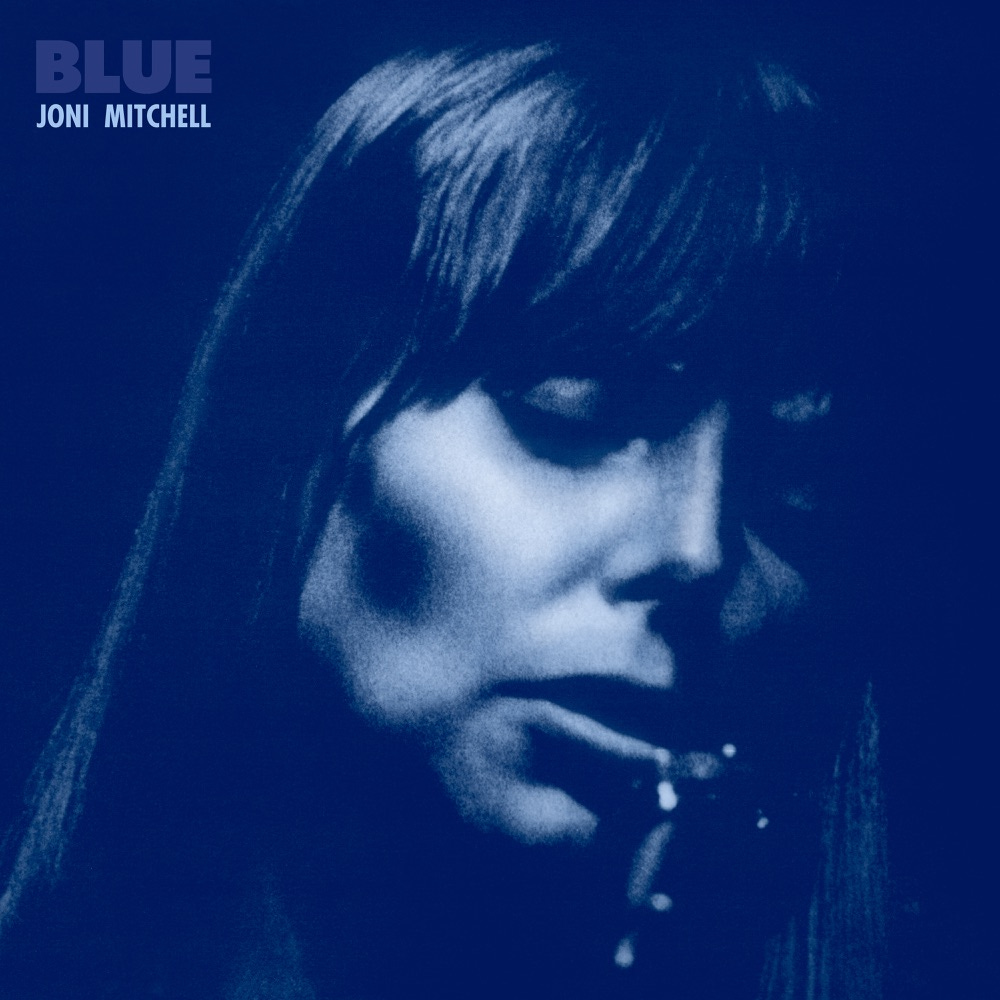
An inspiration to many female-identifying artists, the influence of Blue can be seen on many modern covers like Eden Samara’s Rough Night (2022) and Samia’s Honey (2023). Covers depicting a female figure surrounded by blue can’t help but speak in conversation with one another, even albums released prior to or around the same time as Blue. Think Serge Gainsbourg’s Histoire de Melody Nelson (1971) and Francoise Hardy’s Françoise Hardy (L'amitié) (1965). The Virgin Mary, no matter which religion one practices (if at all), is one of the most famous female figures worldwide that has dealt with struggle and loss, experiences inherently part of existing as a female-identifying person.
In Eiseman’s interview for Allure, Van Paris speaks on the transfer of the color blue to women in film:
But what happens when the color is given over to girls? Onscreen, their diminutive worlds tend to expand. “You’re adding a bit of power to the character by giving her the blue,” says Eiseman. “It's a very subtle way of saying, ‘Yeah, but young women, young girls, can be empowered, too.’”
View more blue album covers below and on Album Whale, a very cool site I’m newly obsessed with. Thanks to fellow Substack reader and creator Shawn Liu, who introduced it to me! Album Whale is a list-based site devoted to music; specifically album covers. Going forward, I’ll make lists on Album Whale for each newsletter topic where all the covers can live, along with others I may have missed the first time around. If you’re also an avid list maker, I encourage you to sign-up. Best of all, it’s free to use and ad-free!
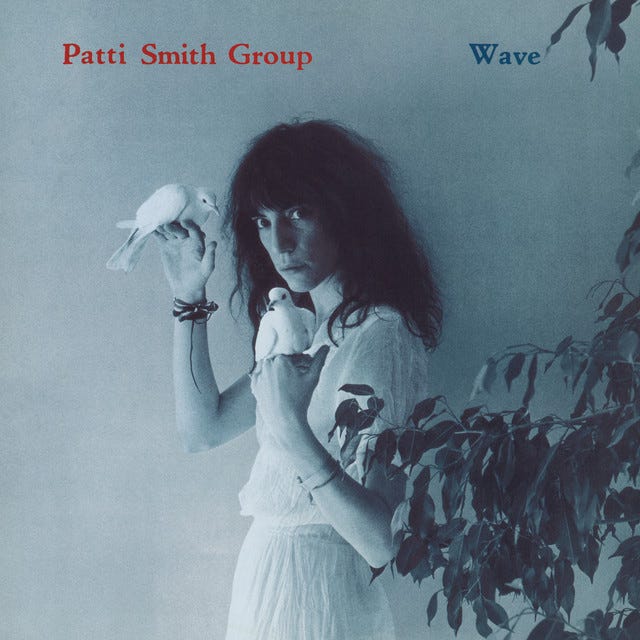
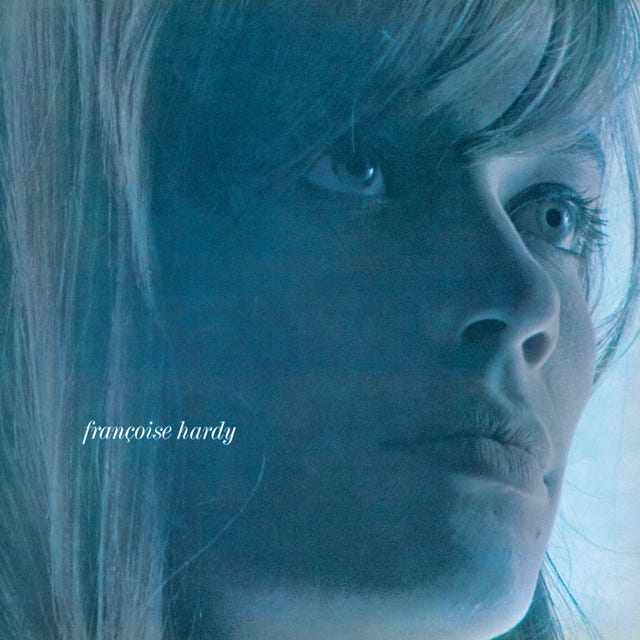
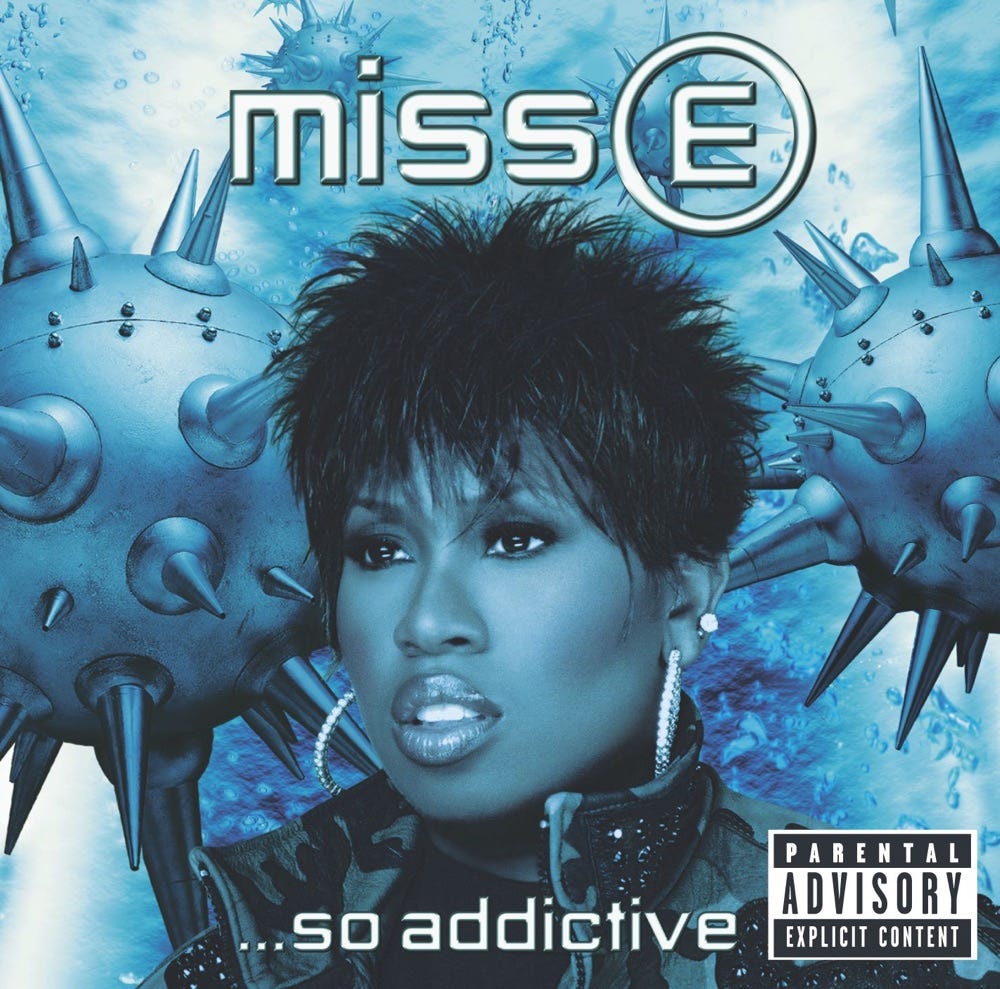

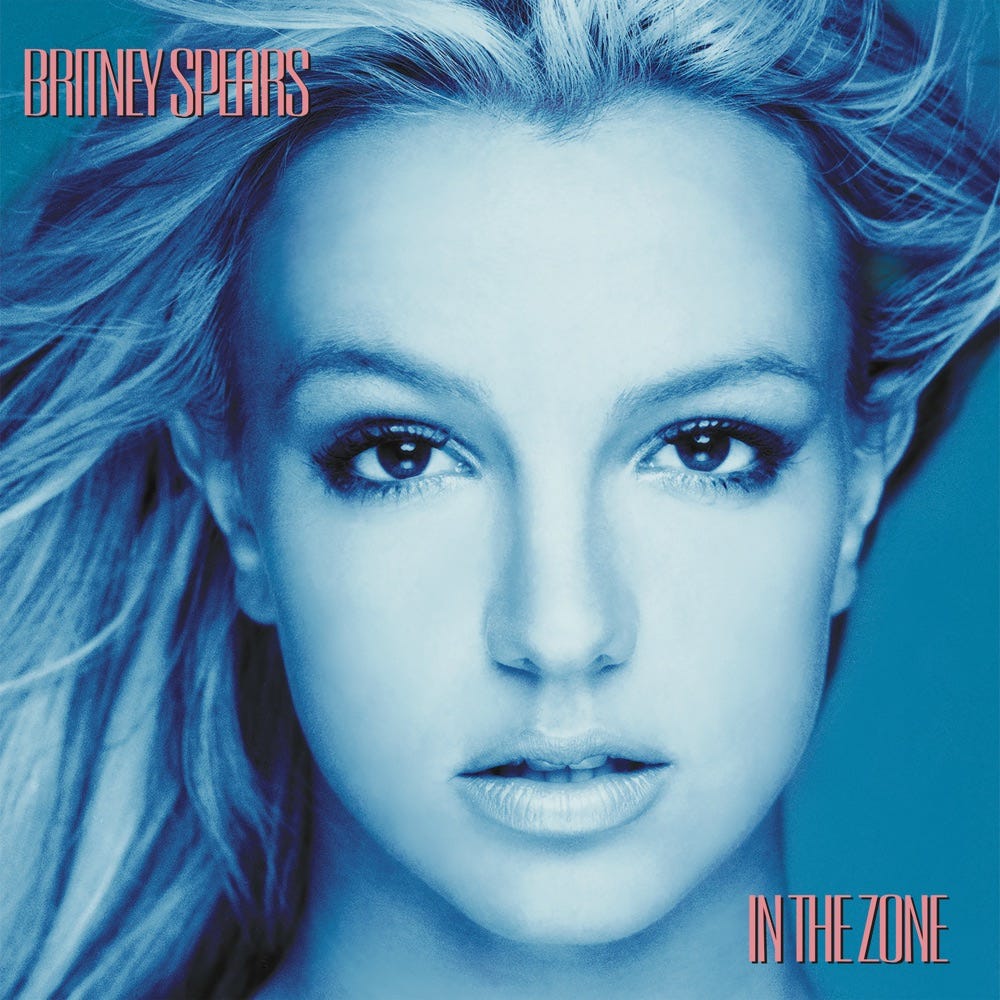
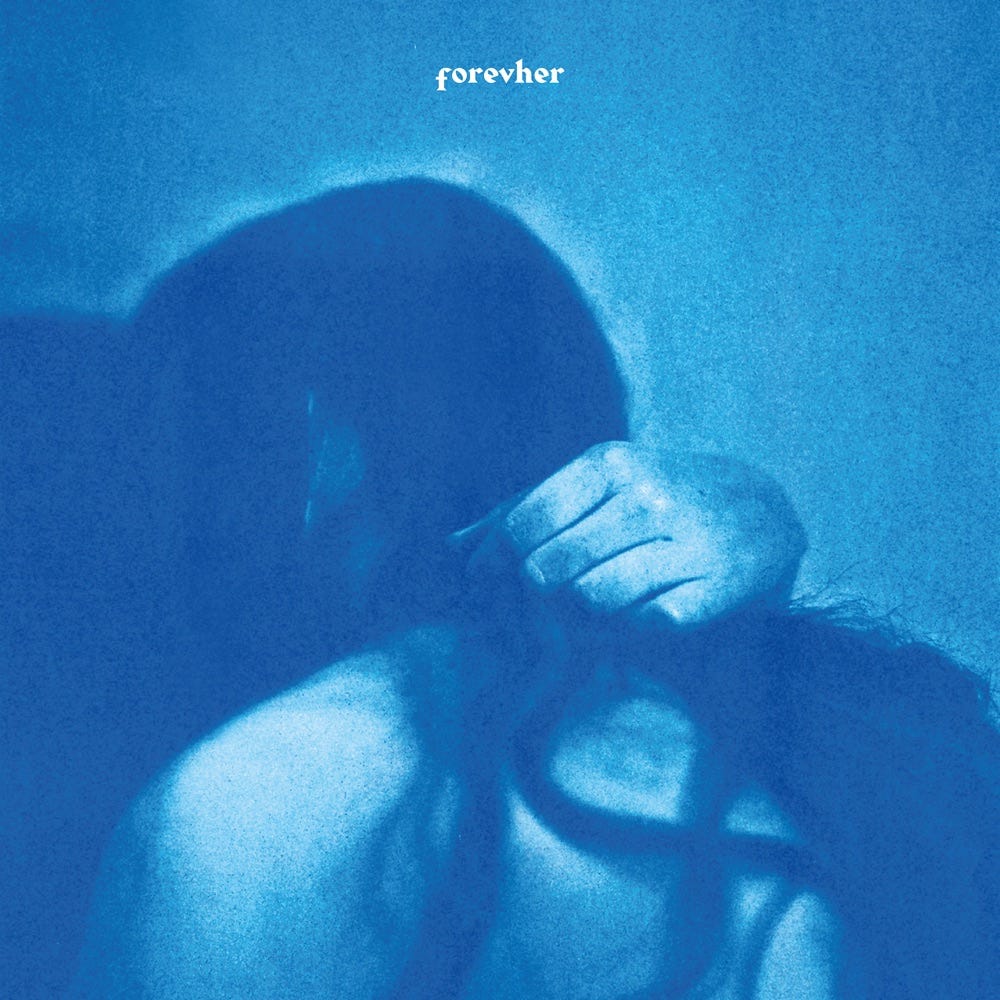

The Art of Cover Art is a free educational and inspirational resource. If you have $5/ month to spare, it would be very helpful in furthering my research. Or, if you think a friend might enjoy this newsletter, the best way to pay it forward is by sharing!




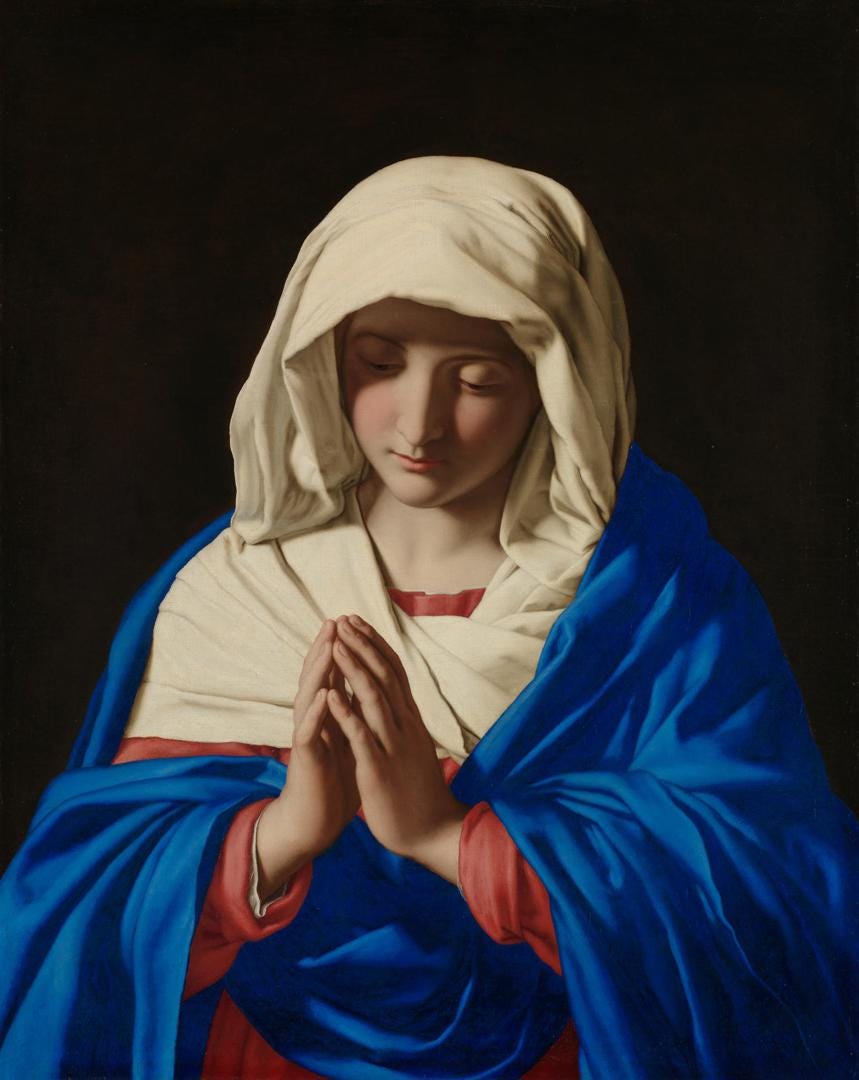

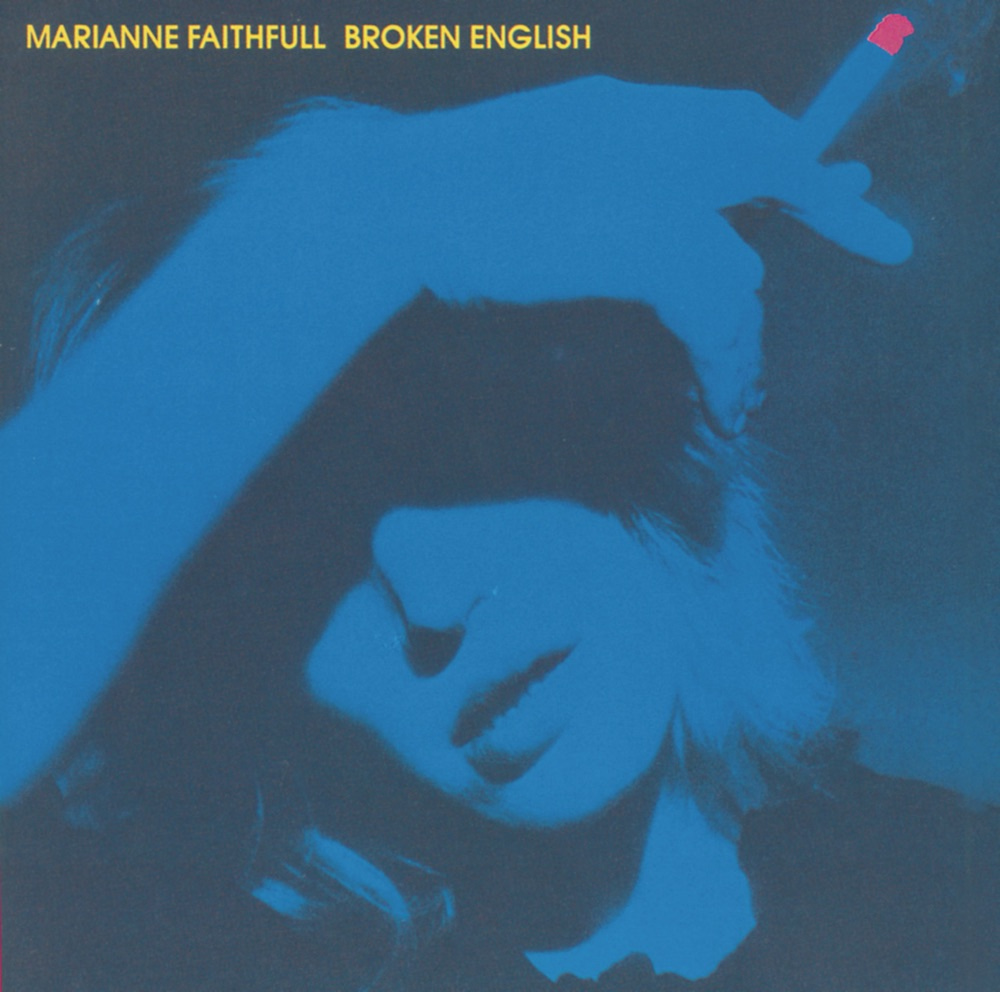
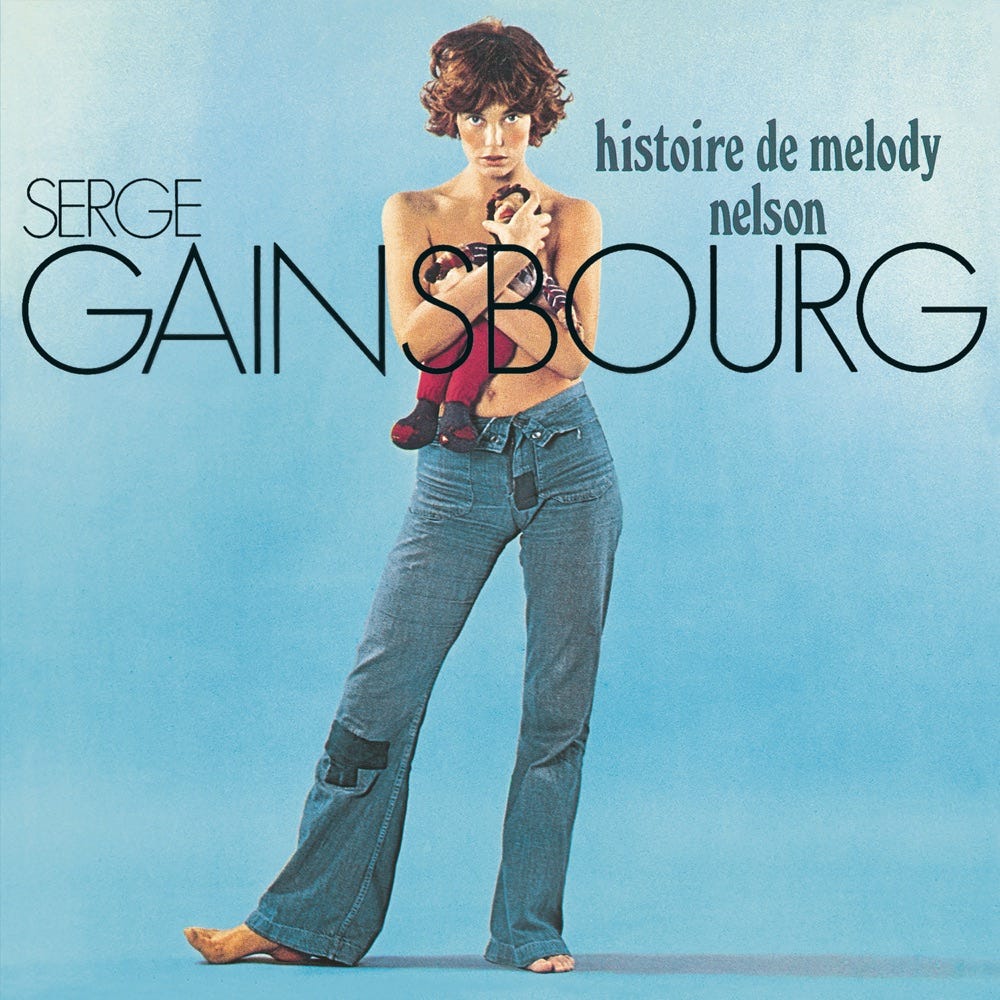
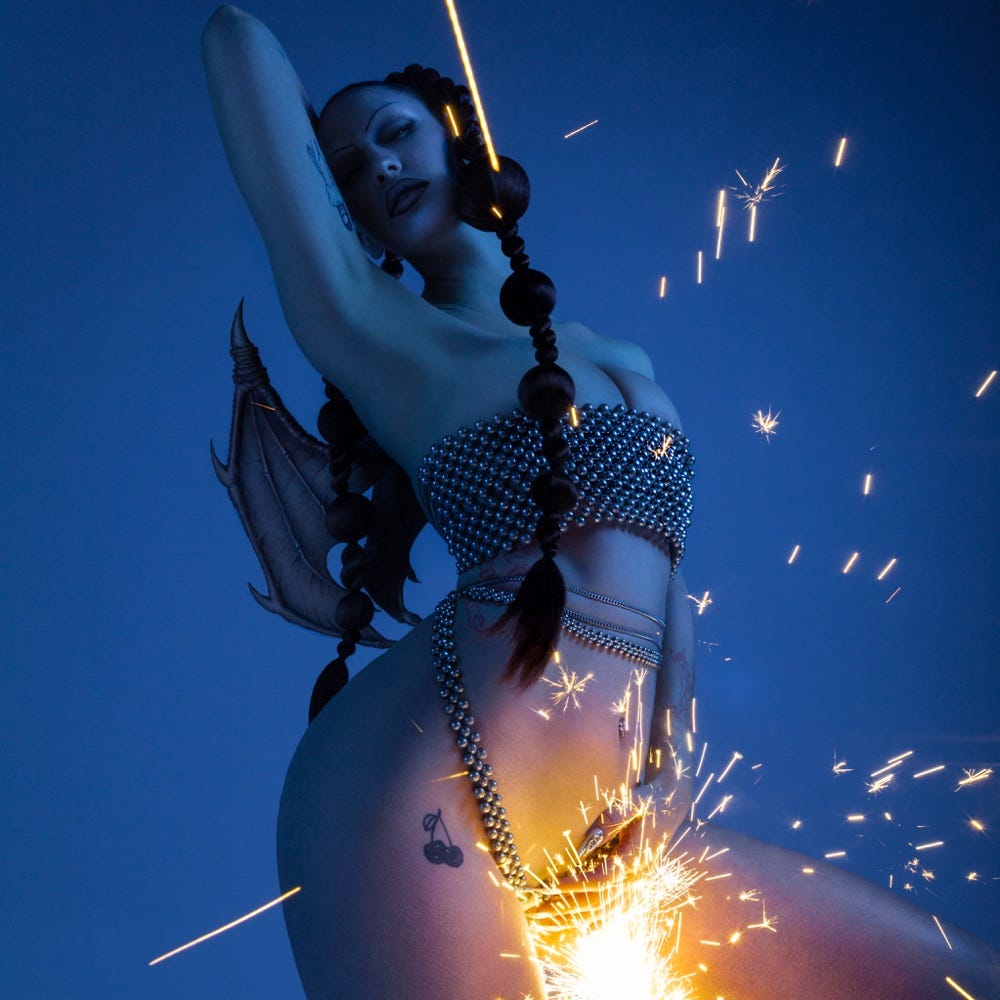
Thank you so much for the shout-out to Album Whale, Rachel!!
(Also want to give credit to my friends Barry Hess, Patrick Filler, and Matthew Lettini for creating Album Whale. I might've sketched the original idea, but they're the ones who made it alive!)
The colour Blue belongs to everybody.
Everybody can feel “blue”, look forward to “blue skies” after bad weather , bad times.... Everybody has eyes soothed by the view of “ blue waters” in it’s endless shades.
“Blue” is a natural hue derived from the indigo.... “Blue” has no gender, belongs to no gender; it simply IS. A frequency on the spectrum of light and life.